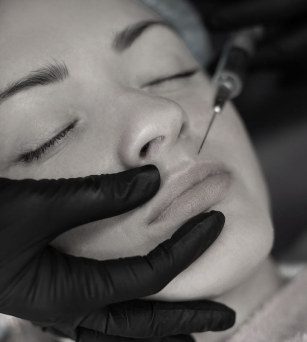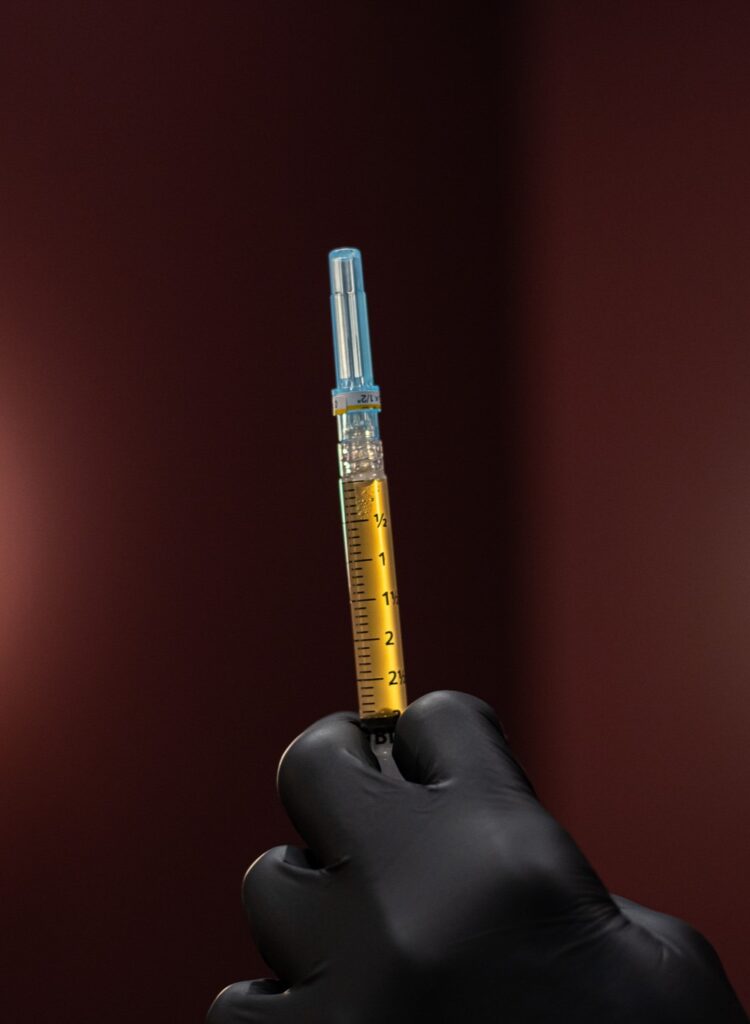PRP is derived from a simple blood draw. Your blood is spun in a centrifuge to isolate a golden, plasma-rich layer that contains a high concentration of platelets and growth factors—key proteins responsible for healing and regeneration. These include platelet-derived growth factor (PDGF), transforming growth factor-beta (TGF-β), vascular endothelial growth factor (VEGF), and epidermal growth factor (EGF), among others. Together, they help stimulate new collagen, improve circulation, and accelerate tissue repair.
Once prepared, the PRP is either injected or microneedled into targeted areas of concern—such as the under-eye region, scalp, or areas of textural damage. Over time, the skin begins to remodel from the inside out: fine lines soften, tone and texture improve, and overall skin quality becomes noticeably more radiant and resilient.
Unlike dermal fillers, which add volume instantly, PRP works gradually and biologically stimulating your skin’s own healing response for results that are subtle, natural, and long-lasting. It’s ideal for patients looking for an alternative to synthetic injectables or for those wanting to enhance the results of other treatments like microneedling or laser resurfacing.
Because PRP is entirely autologous (from your own body), it’s extremely well tolerated, with minimal risk of allergic reactions or complications. Treatments are quick, downtime is minimal, and results continue to evolve in the weeks that follow.

